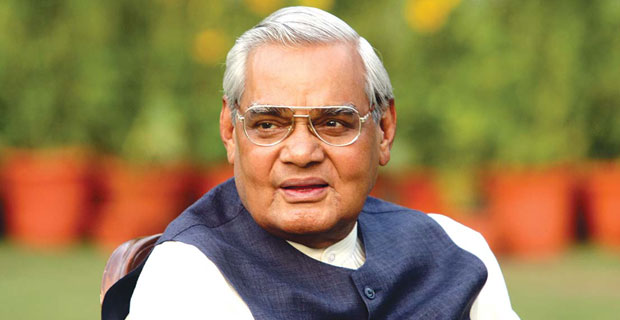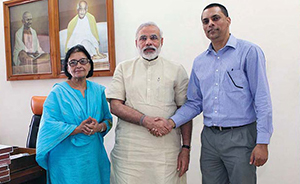A B VAJPAYEE’S PRIME MINISTERSHIP: AN INFRASTRUCTURE PRIMER
Infrastructure and economic policies under Atal Bihari Vajpayee...
Infrastructure and economic policies under Atal Bihari Vajpayee’s prime ministership provide us with some crucial pointers on creating high-quality infrastructure. The liberalisation of the early 1990s had provided a platform for economic growth. Vajpayee used the platform to set the foundation for some of the most critical infrastructure assets in India through the National Highway Development Policy (NHDP) and National Telecom Policy (NTP), 1999 (building on NTP, 1994).
While discussions have focused on “what” was delivered through the effective policies, it would be prudent to assess as to “why” the policies succeeded. Policy features around pricing, management of risk and clarity of regulations were the fundamental reasons why the policies could deliver impact. The first of these was rational pricing. The NTP, 1999, changed the payment scheme for telecom companies from a license fee to a revenue-sharing model with the government. Resolution of issues around paying high license fees and the subsequent growth that the telecom sector saw is a good template for how revenue-sharing models have a significant impact on infrastructure creation and consequent usage.
The government must ensure that while projects are auctioned at competitive bids, irrational pricing must not creep in. Additionally, infrastructure by definition involves high upfront costs. The ability of the infrastructure developer to share revenues from a project that is operational is far higher than paying high upfront license fees that possibly add to constrained balance sheets. The crucial point is that while infrastructure developers and the private sector must be disciplined through the right pricing mechanism, revenue structures that burden developers with significant upfront costs create barriers to infrastructure creation.











Comments.